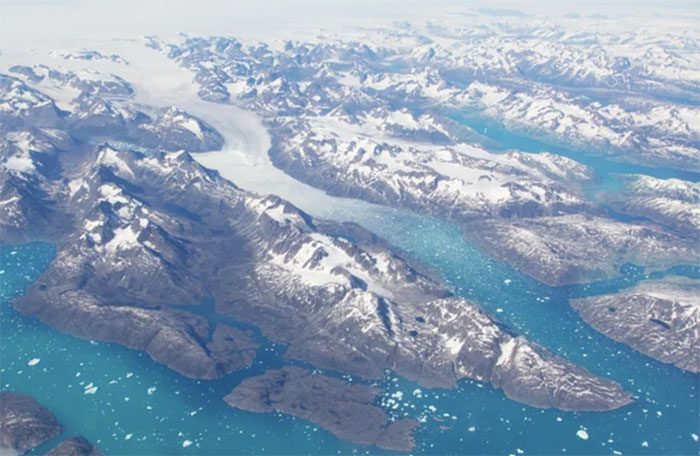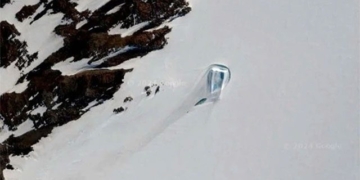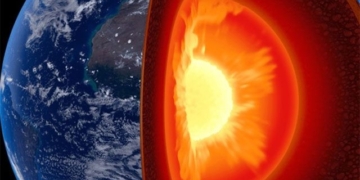The annual ice loss from the Steenstrup Glacier in Greenland has doubled in just a few years due to warming sea waters.
For decades, the Steenstrup Glacier was one of the most stable glaciers in Greenland. However, by 2018, the glacier experienced a sudden decrease in ice volume. By 2021, the melting rate had quadrupled, and the amount of ice it discharged into the ocean had doubled.
This is one of the fastest accelerations of ice melt that scientists have ever observed from a Greenland glacier, potentially serving as a warning sign for the future.

The rapid melting of ice at Steenstrup may be due to warm deep ocean currents.
A new study suggests that the rapid melting of ice at Steenstrup may be caused by warm deep ocean currents flooding in. The deep water surrounding Greenland has been warming over time, indicating that rapid melting will become more frequent in the future.
Currently, Greenland is losing about 250 billion tons of ice each year. As glaciers retreat at an accelerated pace, they will contribute more ice to the ocean, further increasing sea level rise. The melting at Steenstrup raises concerns about how stable glaciers may react to future warming. The lead author of the study, Thomas Chudley, a researcher at Durham University in the UK, stated: “The fact that the melting rate has quadrupled in just a few years raises new questions about how large ice masses might truly respond to climate change.”
The new research examines the sudden instability of Steenstrup. Before 2018, the glacier had shown little change for decades. However, from 2018 to 2021, it retreated nearly 4.5 miles inland.
During this period, the amount of ice flowing from the glacier into the ocean doubled. By 2021, it had lost more than 6 billion tons of ice per year, placing it among the top 10% of glaciers losing ice in Greenland.
Other glaciers in the southeastern region of Greenland, where Steenstrup is located, have also experienced increased retreat rates since 2016. Scientists believe that one contributing factor is the high air temperatures warming the near-surface seawater, which may enhance glacier melting.
Steenstrup is surrounded by shallow waters in an area that is typically less influenced by deep ocean currents. However, data and model simulations indicate that this region experienced a significant influx of warm deep water in 2018, which appears to have rapidly destabilized the glacier. This raises new questions for scientists about how climate change might impact glaciers previously considered stable or safe.
Steenstrup had been relatively isolated from the effects of warm air and elevated surface water temperatures for decades—but a sudden influx of warm, deep water was enough to push it into “the danger zone.” Naturally, other glaciers might also be affected like Steenstrup, especially as the surrounding waters of Greenland continue to warm.
“Steenstrup has indicated that the stability of glaciers is very difficult to predict with our current knowledge. Real-world observations of the region will help scientists better understand how climate change is affecting Greenland’s glaciers. These insights could also assist scientists in making predictions about ice in other parts of the world, including vulnerable areas in Antarctica,” researchers noted.


















































